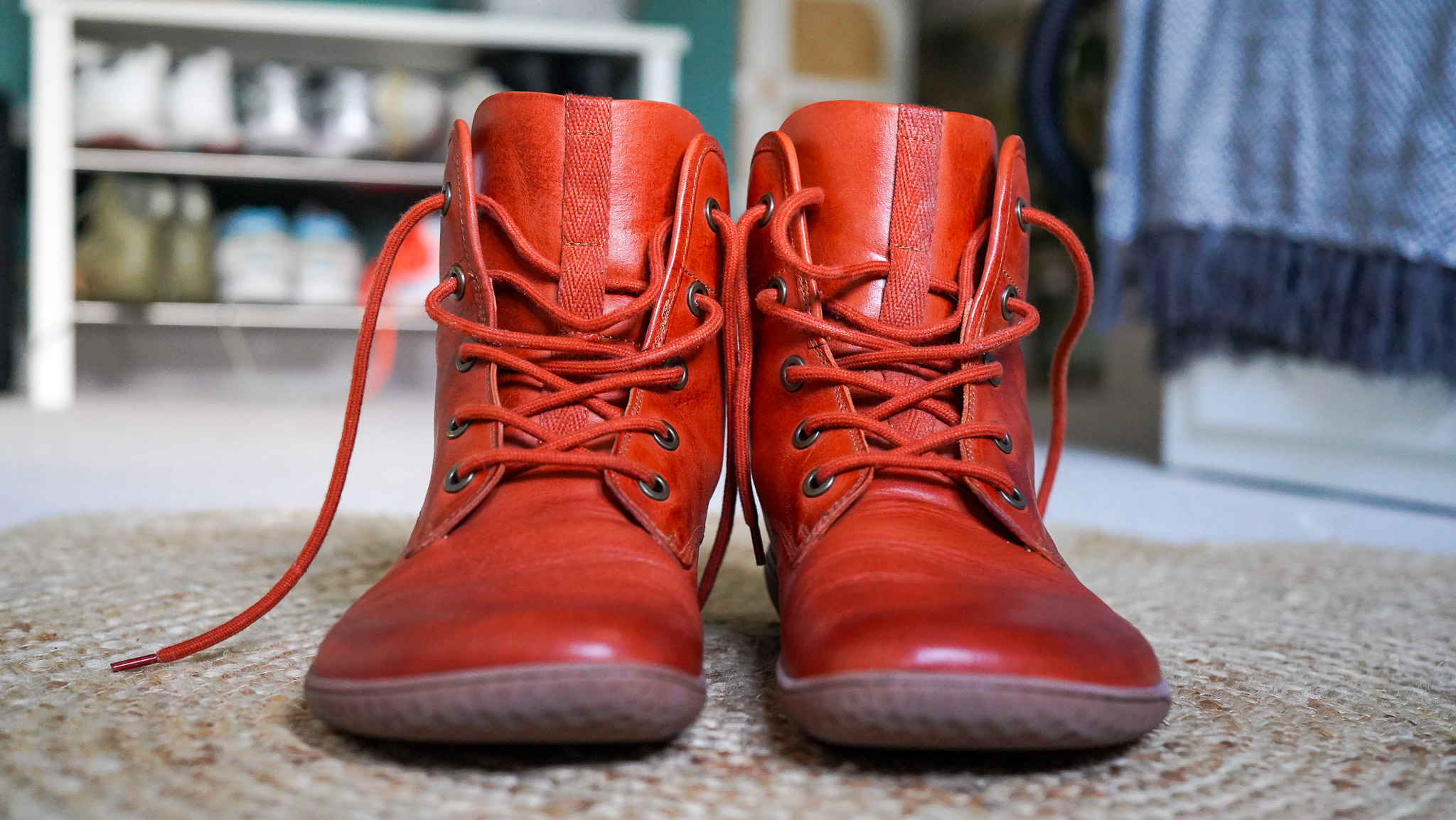
The Vivobarefoot Pilgrim is an exciting concept shoe. Featuring the same silhouette as the brand’s Scott IV boots, the Pilgrim is equipped with a special conductive sole specifically developed to enable ‘grounding’.
What is grounding, I hear you say? Understandably, the brand spends much time explaining the concept and its benefits on its website. Essentially, grounding, or 'earthing,' reconnects your body to the Earth's natural charge to neutralise excess positive ions that can harm your well-being.
If you’re familiar with the brand, you don’t even bat an eyelid when you hear that Vivobarefoot has a ‘grounding shoe’. The company is known for its holistic approach to health and for creating footwear to cater for those who think that having anything between you and the ground is detrimental to your well-being.
Does the Pilgrim work, though, and should we consider adding it to T3’s best walking shoes for men/best walking shoes for women’s guides? I’ve been using it for the last month, and here’s what I think.
Vivobarefoot Pilgrim review
Price and availability
The Vivobarefoot Pilgrim was launched in July 2024 and is available to buy now directly from Vivobarefoot US and Vivobarefoot UK for a recommended price of $230/ £180. It’s currently not listed on the brand’s Australian site. It comes in one colour for both women and men: Tan. The size range for men is UK 6-14 (US 7-15) and UK 2.5-9 (US 4.5-11) for women. The Scott IV, which has the same silhouette but comes without the conductive sole, retails for $200/ £175 and comes in two slightly darker colours, Obsidian (black/dark grey) and Bracken (dark green).
Specifications
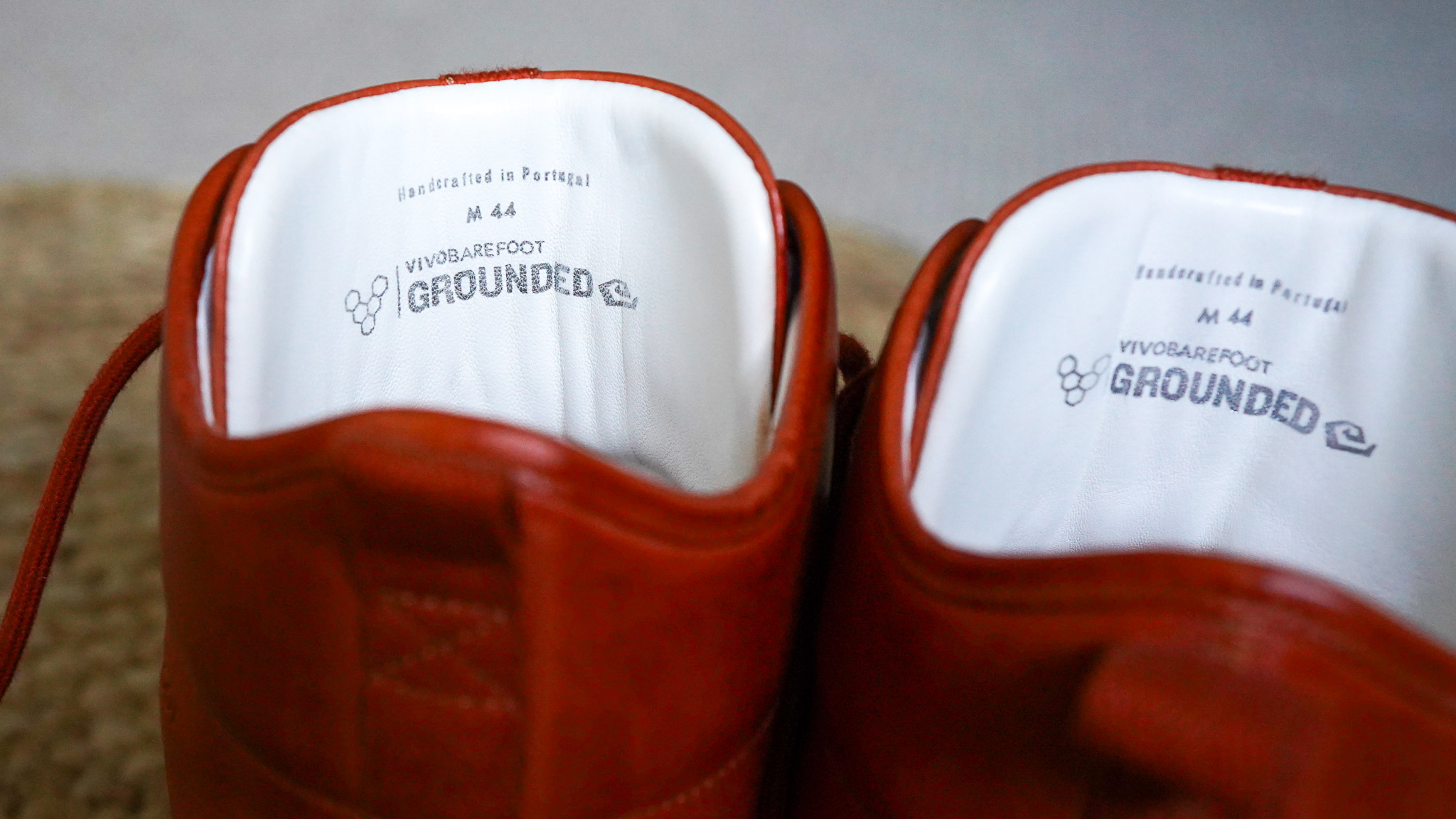
- Weight: 402g/ 14.20oz
- Upper: Vegetable-tanned leather
- Midsole: n/a,
- Waterproofing: Made from water-resistant, non-absorbent materials
- Outsole: conductive leather footbed fixed to the outsole with silver stitching
Design and materials
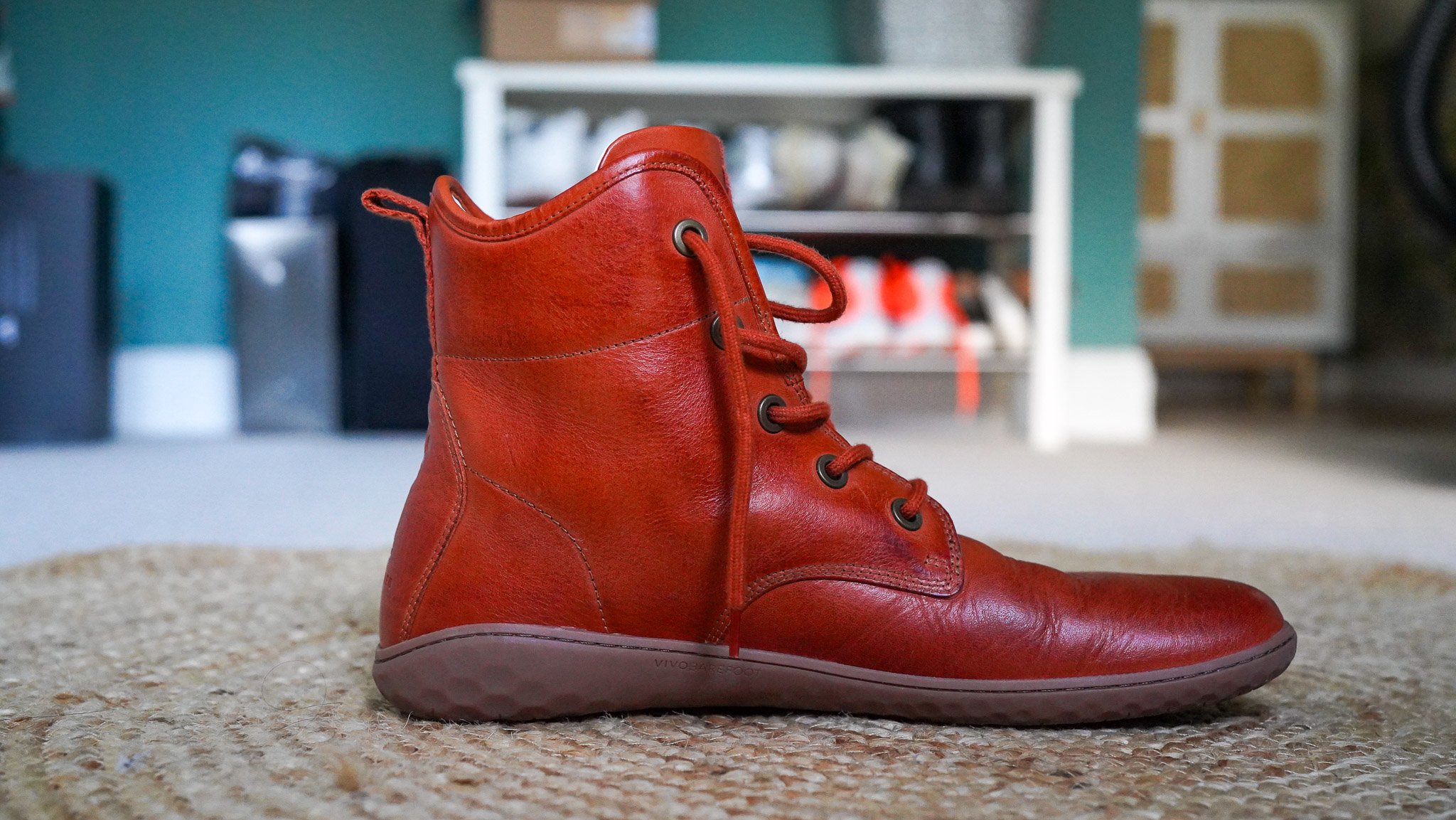
The Pilgrim’s design is based on the Scott IV. They look almost exactly the same, apart from the colour; the Pilgrim stands out with its brighter Tan colourway, whereas the Scot IV has a more toned-down aesthetic.
What caught my attention about the Pilgrim is the mid-cut style and that classic Vivobarefoot toe box. The company knows how to make attractive shoes less taxing on the planet, and the Pilgrim perfectly fits that description.
I have wide feet and often wear barefoot-style shoes when I’m not exercising so that my feet can expand and move as they should. I’m yet to switch to barefoot running shoes, but for everything else, barefoot shoes are my go-to.
What makes the Pilgrim unique is the conductive midsole that allows grounding (sometimes also called earthing). According to the brand, grounding is the “process of connecting to the Earth's electrical energy.”
The idea is that walking barefoot on some surfaces – asphalt/tarmac, vinyl, and wood (such as wooden decks) – will help you receive electrical charges from the Earth, which can positively impact your body, health, and mood.
The Pilgrim has a 100% vegetable-tanned leather upper and is water-resistant (but not waterproof). My UK 10 (US 11) shoe weighs just over 400g/ 14oz, and is highly flexible, as expected from a Vivobarefoot shoe these days.
Performance and comfort
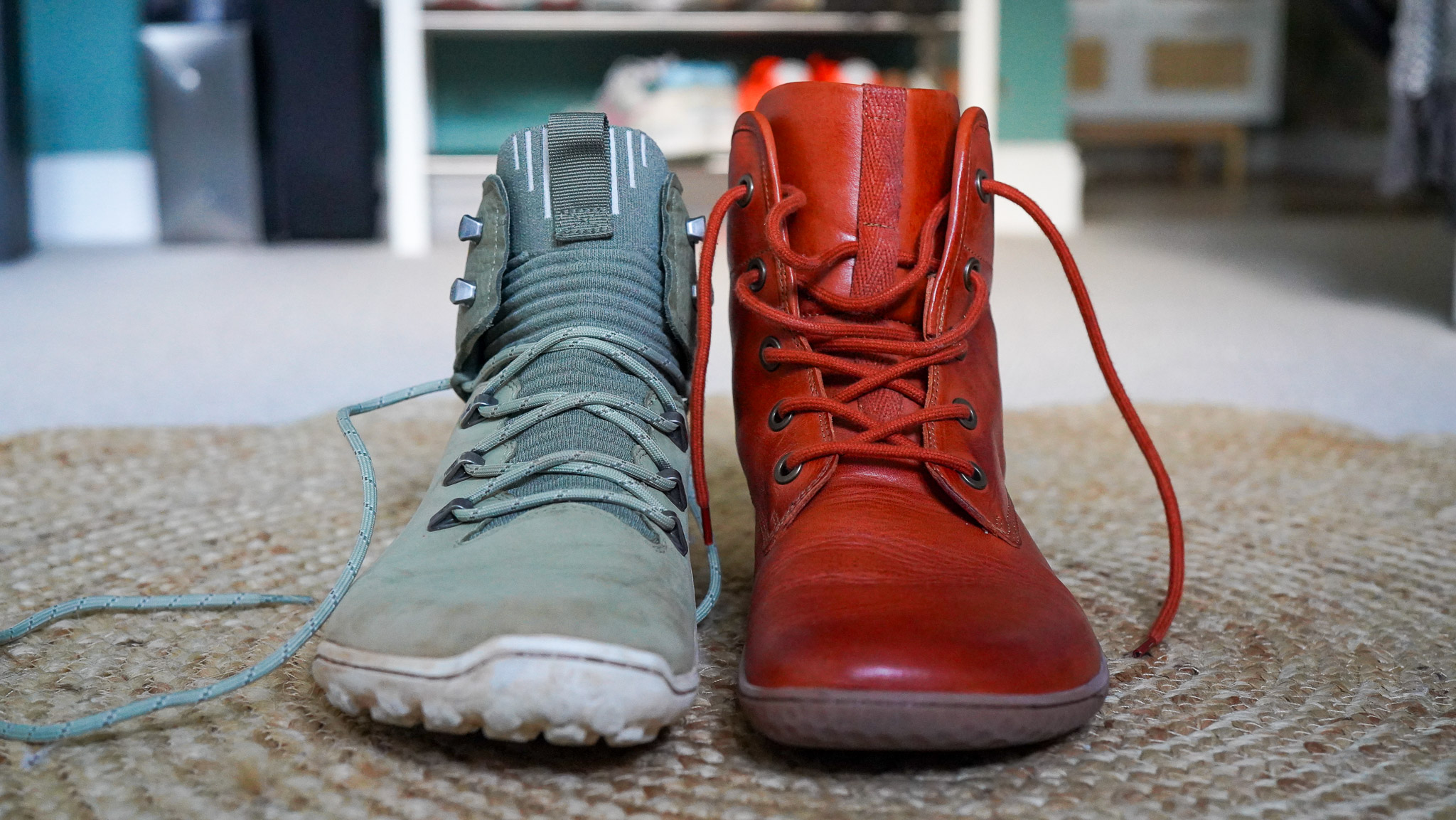
I did some more reading, and people online recommend wearing either no socks or 100% organic cotton socks to help with grounding. You can also buy conductive socks, but they can only be purchased on what look like rather shady websites, so I opted for wearing my regular (cotton) socks with the boots.
If you’ve ever worn Vivobarefoot shoes, you’ll feel right at home donning the Pilgrim. The thin sole and the high-quality construction and materials lend the shoes a distinct aura. It takes a little getting used to walking in Vivo shoes, but it's a fantastic sensation once you get the hang of it.
You’ll feel every bump on the road, from the dotted surfaces demarcating the end of pedestrian ways to cracks in the tarmac. You will start walking differently, too, almost like a ballet dancer, landing on the balls of your feet instead of slamming down your heels.
From this perspective, the Pilgrim’s mid-cut style was also counterproductive. In the beginning, I often felt that the shape of the boots prevented me from pointing my feet, so I ended up landing on my heels. Once the leather got softer after a few wears, it was easier to start walking ‘properly’ in the shoes.
How about the grounding effect? It’s hard (if not impossible) to tell. I find barefoot walking therapeutic, even in non-conductive Vivobarefoot shoes. For all I know, I’ve been receiving positive electrical charges from the Earth for months now, but since I’m always a busybody, I don’t feel more energised or less anxious (I’m not an anxious person, in general).
I had a trapped nerve in my hips at some point during testing (for having to be sat down for over eight hours straight), and walking in the Pilgrim helped alleviate the symptoms. Who to tell if it wasn’t just because of movement on its own? Grounding certainly didn’t make things worse.
Who’s the Vivobarefoot Pilgrim for?
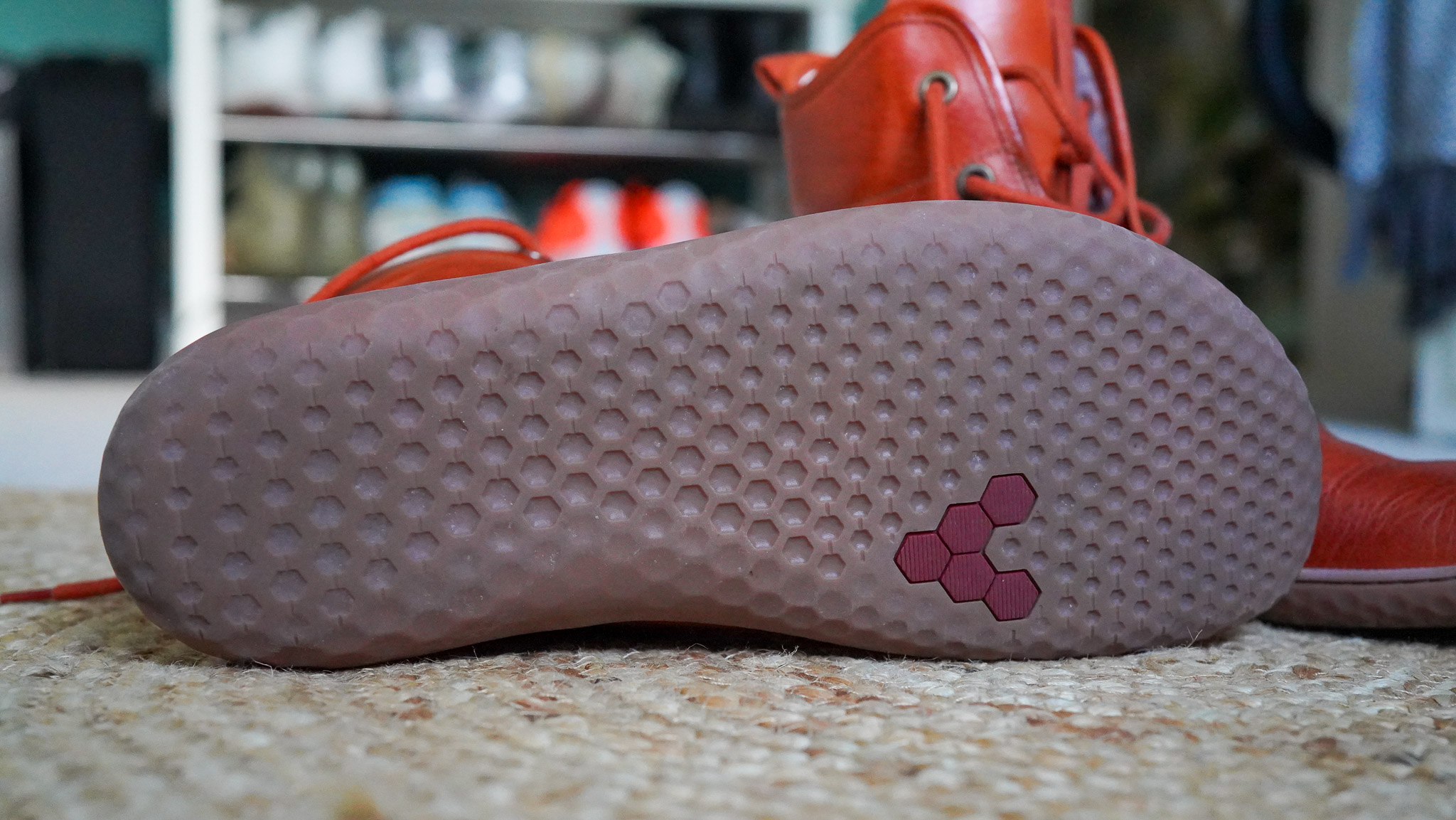
The Vivobarefoot Pilgrim is for people who like ethically made, stylish footwear that helps them move more naturally while also providing some protection against the elements. The boots are well-made and comfortable to wear. If you’re unfamiliar with barefoot-style footwear, though, it might take some time to get used to walking in them.
Should you buy the Vivobarefoot Pilgrim?
The Pilgrim is almost exactly like the Scot IV, and the latter is a hair cheaper, so if you’re not keen on the conductive midsole (and the beautiful tan colourway), you can opt for the Scot IV. However, for just a few extra bucks, you can get the Pilgrim and enjoy the benefits of grounding. Even if it doesn’t positively impact your well-being instantly, it certainly doesn’t make anything worse.
Verdict
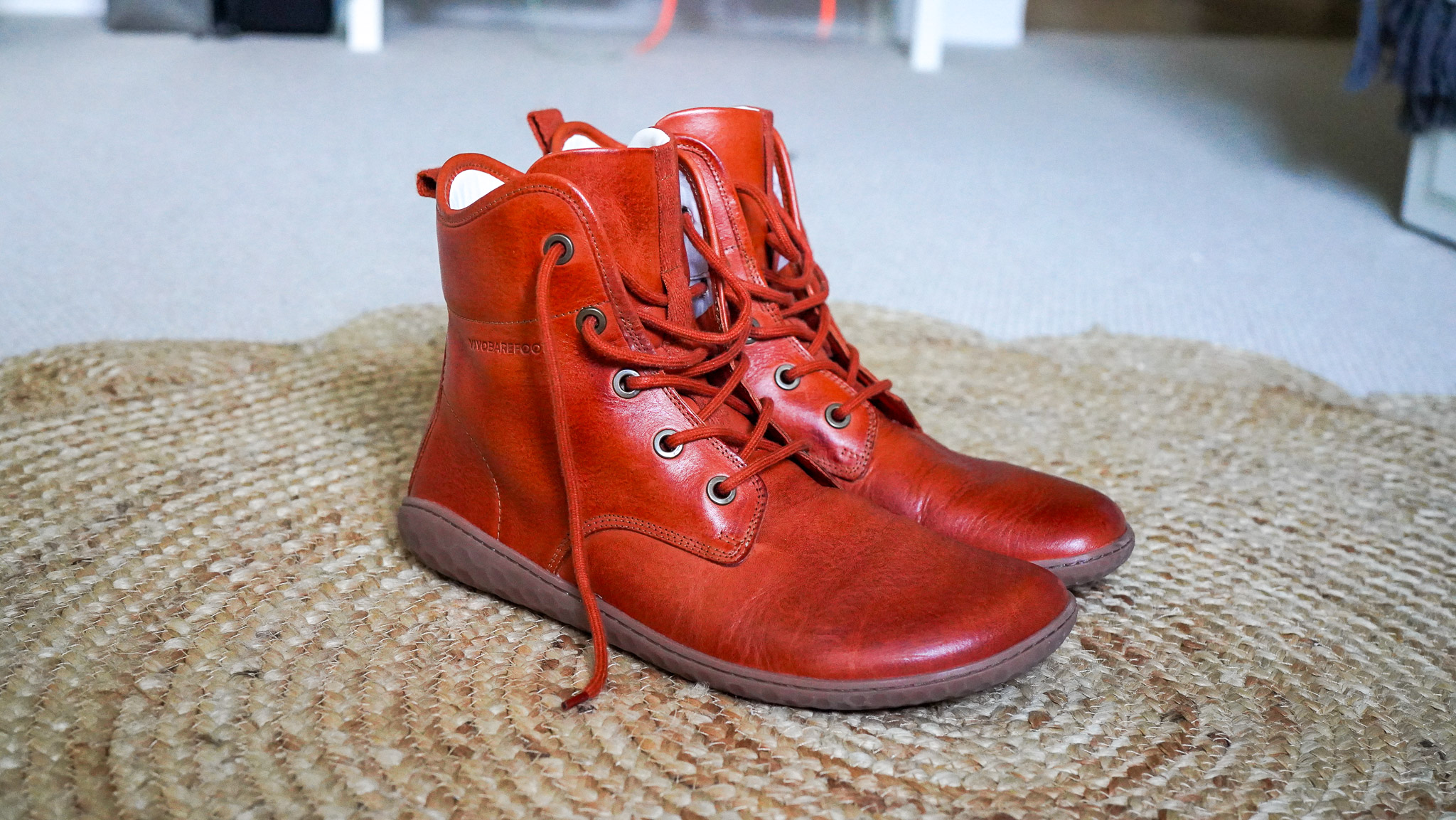
The Vivobarefoot Pilgrim offers an intriguing combination of style, natural movement, and the unique concept of grounding. Its premium materials, minimalist design, and commitment to sustainability make it an appealing choice for those who embrace barefoot-style footwear and are open to exploring grounding's potential benefits. The boots deliver on comfort once broken in, with their flexibility and quality construction standing out.
The grounding effect is difficult to quantify, leaving some uncertainty around its tangible benefits. The mid-cut design also takes some getting used to, potentially impacting the natural gait for first-time wearers. If you're drawn to ethically crafted footwear that promotes natural movement, the Pilgrim is worth considering, though you may not notice a transformative effect from grounding alone. For a slightly lower price, the Scott IV remains a viable alternative without the conductive sole.
Also consider
Vivobarefoot Scott IV: Nearly identical to the Pilgrim in design and fit but lacks the grounding sole. Ideal for those who want the same style without paying extra for grounding features.
Lems Boulder Boot: Offers a similarly lightweight and flexible feel with a wider toe box, but has a slightly more padded sole, making it less minimalistic than the Pilgrim. Great for those who want some cushion without sacrificing flexibility.
Xero Shoes DayLite Hiker: More rugged and durable, with better grip for off-road adventures. The sole is thicker than the Pilgrim's, providing a bit more protection while still offering a minimalist feel.
Merrell Vapor Glove 6: Ultra-minimalist design with a thinner sole than the Pilgrim, providing an even more barefoot experience. Better suited for casual use or light trails rather than colder or wetter conditions.
Wildling Shoes Tanuki: Focuses on natural materials and ethical production like the Pilgrim, but the Tanuki has a thinner sole and a more flexible build, providing a closer-to-the-ground sensation. Ideal for those who prioritise a super-lightweight feel.







